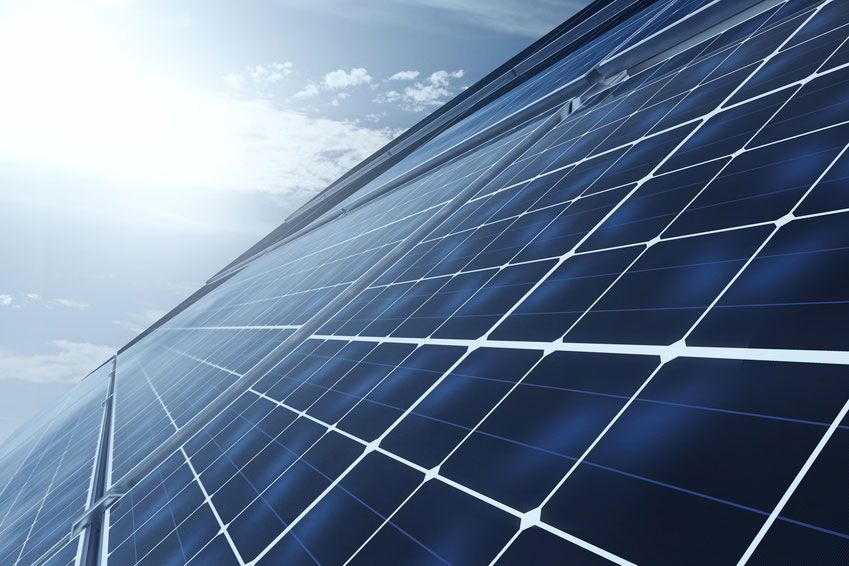Questions and Answers About Solar
A lot of homeowners want to know more about this popular technology.
Residential solar electric systems have seen phenomenal growth in recent years, with those distinctive panels now a common feature on American roofs. Much of that growth is thanks to hefty price reductions—an installed system costs less than half of what it did in 2006—as well as to generous government incentives. Not surprisingly, many of our clients want to know whether specifying solar for their new home is a good investment. Here are brief answers to some of the most common questions.

Q: What types of systems are available?
A: While solar panels have long been a feature on rural homesteads—mostly in areas where the cost to run power lines is prohibitive—nearly all of the systems being installed on new custom homes are grid-connected. In effect, each system is a miniature power plant feeding the utility’s network.
Q: How does grid connection work?
A: The home draws power from the panels in daytime when the sun is shining. At night, or during the day when the home needs more power than the panels can supply, it draws from the electric grid. If the panels are generating more than the home is using (during the day when the homeowners are at work, for instance), the excess flows back into the grid. Most states have net metering laws requiring the utility to reimburse the homeowner for any electricity generated above what they use during any billing period. The reimbursement amount varies by state.
Q: Will the panels power my home if the grid goes down?
A: Unfortunately, no. During a power outage, the system’s inverter (the device that converts the direct-current electricity generated by the panels to the alternating current used in the home) automatically shuts down. As an added precaution, the utility may also require an exterior breaker they can access if there’s an outage. These are safety features to protect utility workers from being electrocuted.
Q: How much will I save?
A: It depends on system size and local electric rates, but the typical system will reduce the monthly bill by more than $100.
Q: What is the payback period?
A: For systems bought under the current tax incentives (see below), the monthly savings can recoup the cost in as little as 5 to 7 years. After that, power from the solar panels is essentially free. You’re still dependent on the grid, but if electric rates rise you only pay the higher rate on any power you have to buy from the utility. With most systems offering a 25-year estimated lifespan, you are basically pre-paying for 25 years’ worth of the panels’ generating capacity.
Q: What if we move before the payback period ends?
A: A study by Lawrence Berkeley National Lab (LBL) found that a solar-equipped home will sell for an average of $15,000 more than a comparable non-solar home in the same market. The extra value is often enough to recoup the net system cost after the tax credits. LBL also found that solar homes sell 20% faster.
Q: What about the tax credit?
A: The federal government is currently giving a 30% Solar Investment Tax Credit (SITC). This is a dollar-for-dollar reduction of your federal income taxes, reducing the system cost by nearly one-third. After January 1, 2020 the Federal Government will begin cutting the benefit each year until they evaporate in 2022. So if you are considering solar, the next few years will be your best opportunity.
Q: Do I need a southern roof orientation?
A: Ideally, yes. Panels will only generate their full capacity on a south-facing roof, which provides the maximum sun exposure. Although other orientations will work, the panels won’t generate their full capacity.
Q: Is there a calculated return on my investment?
A: Even if the home is oriented to achieve a perfect southern exposure, the return on investment (ROI) will depend in part on the home’s efficiency. Because a new home built by a professional builder will be designed and constructed to use less energy, it will lower net monthly bills and accelerate the payback period.
It’s not unusual to see a return on investment over the life of the system in excess of 250%. That’s more than 10% per year, which beats the stock market without the risks. And if electric rates rise, the percentage ROI will be even better.
